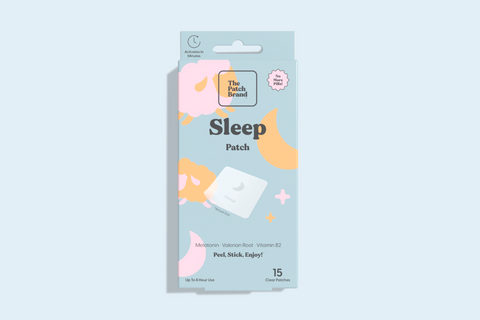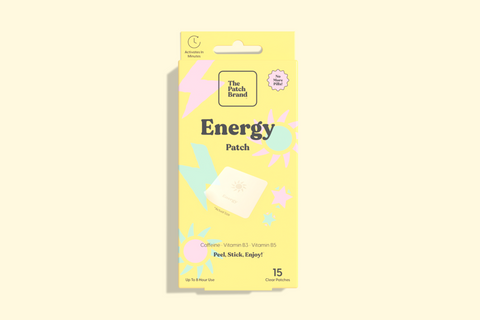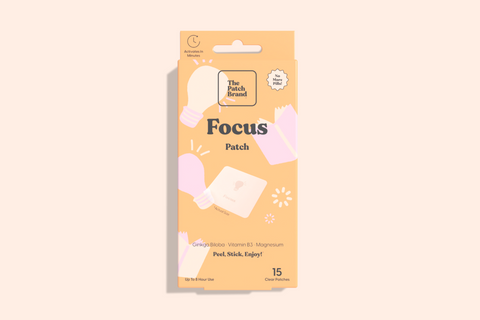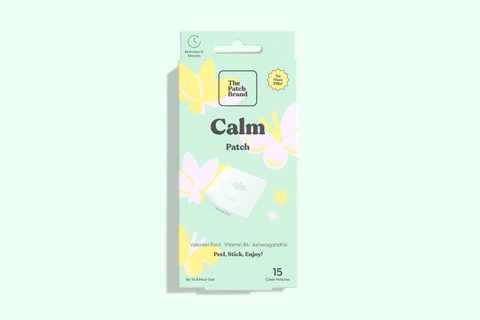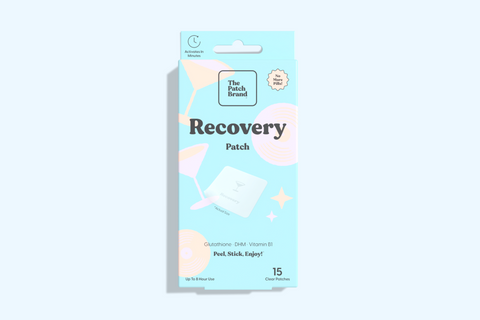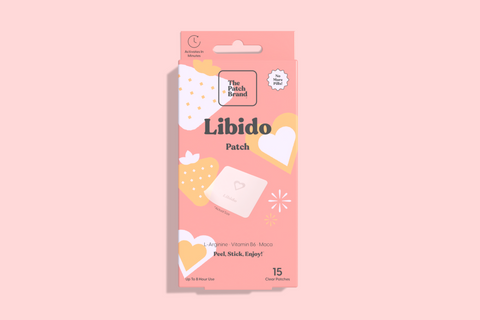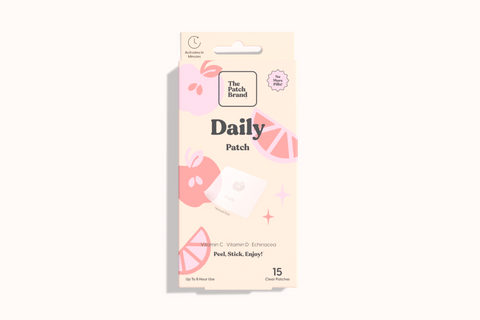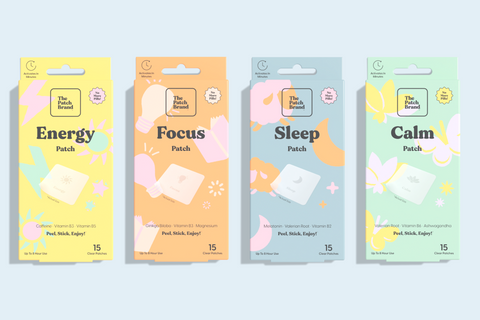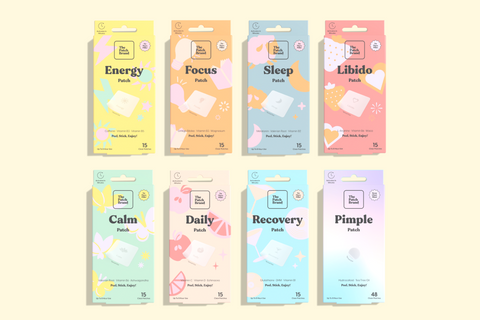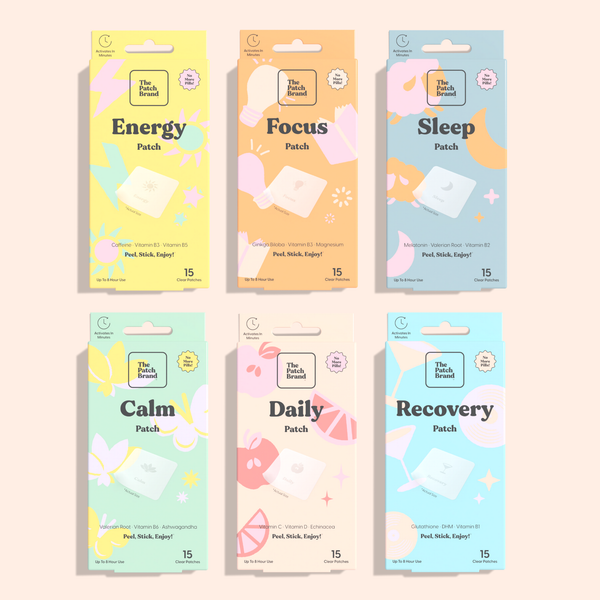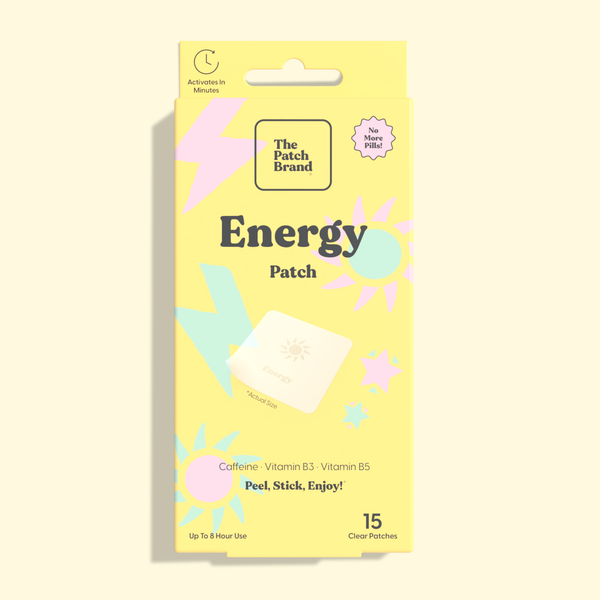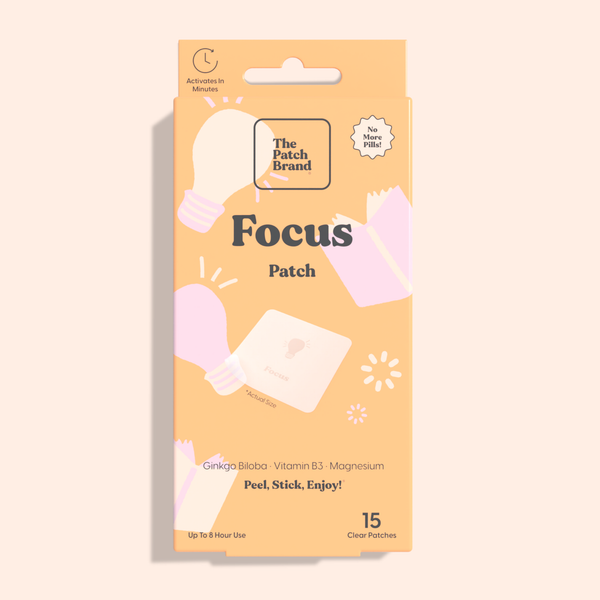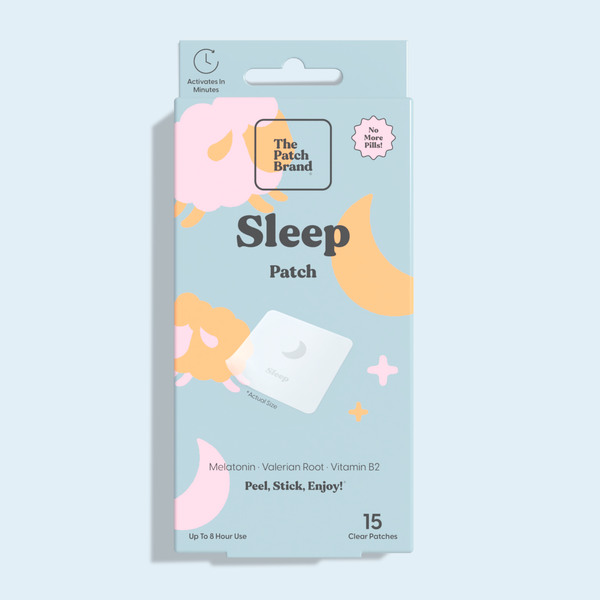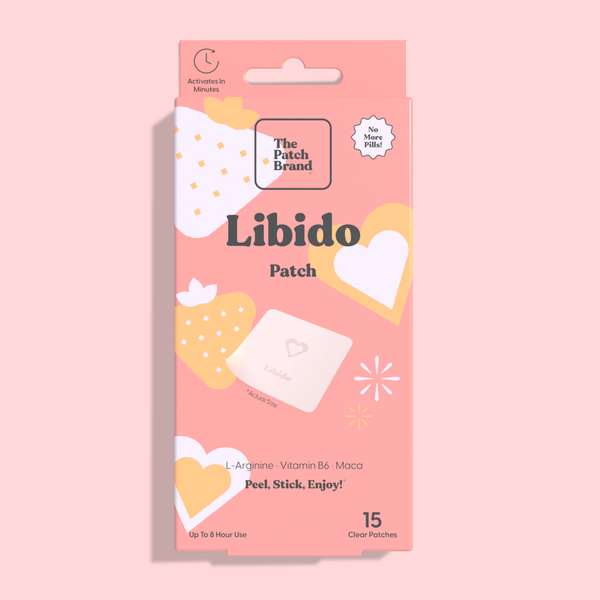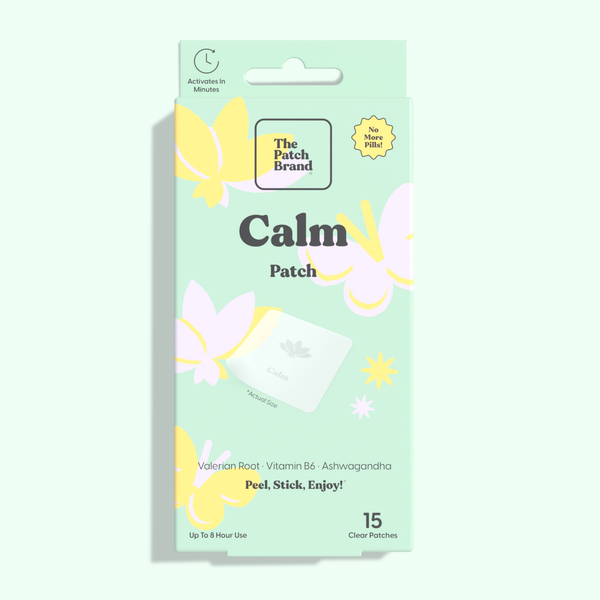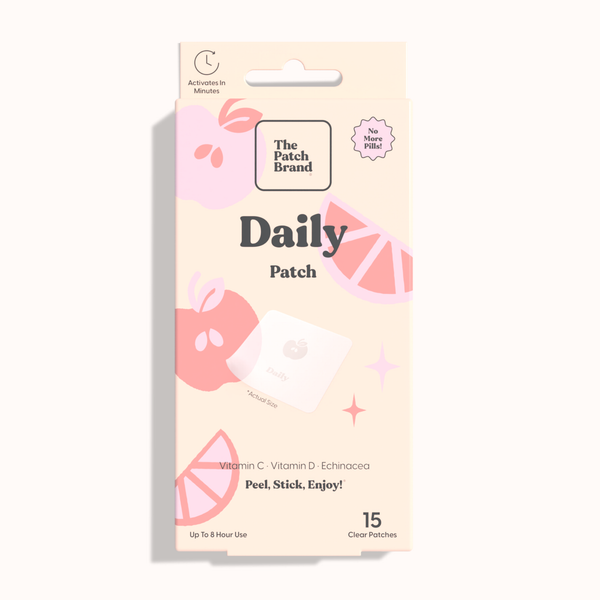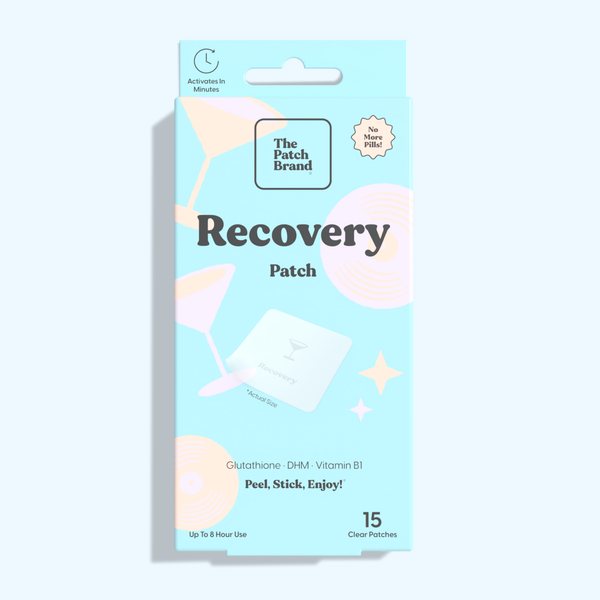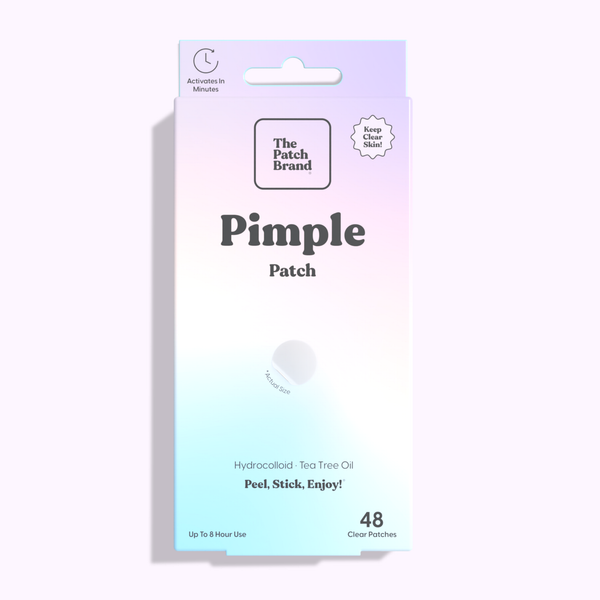Hydrocolloid technology, a groundbreaking innovation in the field of skincare, initially found its roots in medical science, particularly in wound care. This technology emerged from the need to effectively treat wounds by creating an environment conducive to healing. Initially, hydrocolloids were used exclusively in dressing wounds because of their remarkable ability to absorb moisture and promote the regeneration of skin tissue. Over time, researchers and skincare experts discovered the healing properties of hydrocolloid patches, identifying them as a potential solution for acne treatment. This marked the beginning of a revolutionary journey from specialized medical applications to everyday skincare solutions, bringing a novel and effective approach to managing skin issues like acne.
Unique Properties of Hydrocolloid Patches
One of the key attributes that make hydrocolloid patches so effective is their ability to absorb pus and fluids. When applied to a pimple, the patch acts like a sponge, drawing out and trapping the exudate. This not only helps to reduce inflammation and redness but also speeds up the healing process. The hydrocolloid patch benefits are most evident in how they manage to keep the area under the patch moist, which is crucial for healing, while simultaneously absorbing excess fluids, a balance that is hard to achieve with traditional acne treatments. This dual action not only helps in clearing the acne faster but also reduces the chances of further infection.
Hydrocolloid patches excel in creating a protective barrier against bacteria and external contaminants. This barrier is vital in preventing secondary infections and further aggravation of the acne. When a patch is placed over a blemish, it seals the area, shielding it from environmental aggressors like dirt, dust, and even makeup. This feature is particularly beneficial for those with active lifestyles or those exposed to polluted environments. The patches ensure that the healing process is uninterrupted, providing a safe and controlled environment for the skin to repair itself.
Maintaining an optimal healing environment is crucial for quick and effective acne treatment, and this is where hydrocolloid patches truly shine. They create a moist environment that fosters skin repair and regeneration. This moist environment is key to reducing the chances of scarring and promotes faster healing of acne lesions. Unlike traditional acne treatments that may dry out the skin, hydrocolloid patches keep the skin hydrated, which is essential for healthy skin regeneration. This aspect of hydrocolloid patches makes them an excellent option for preventing acne scarring, as they not only treat acne but also aid in maintaining the overall health and appearance of the skin.
Effectiveness of Hydrocolloid Patches for Different Acne Types
Cystic acne, known for being particularly stubborn and painful, can be effectively managed with hydrocolloid patches. These patches are especially useful for hydrocolloid patches for cystic acne due to their ability to deeply absorb pus and inflammatory fluids, providing relief from pain and swelling. By isolating the acne from external irritants and keeping the area clean, hydrocolloid patches can significantly reduce the healing time for cystic acne. This approach also minimizes the risk of further infection and scarring, which are common concerns with cystic acne.
They are also effective on common whiteheads and blackheads. By absorbing excess oil and pus, these patches can help in clearing these smaller, surface-level blemishes more quickly than traditional methods. The patches work by creating a physical barrier, preventing picking or touching, which can exacerbate whiteheads and blackheads.
When comparing hydrocolloid patches vs topical creams, the advantages of hydrocolloid technology become evident. Topical creams often contain harsh chemicals that can irritate and dry out the skin, whereas hydrocolloid patches provide a gentler, more targeted approach. These patches not only treat the acne but also protect the area, reducing the risk of scarring and hyperpigmentation. Furthermore, the discreet nature of these patches makes them a more appealing option for people who are self-conscious about their acne, as they can be worn under makeup or overnight without drawing attention.
User-Friendly Aspects and Discreet Design
One of the most appreciated aspects of hydrocolloid patches is their discreet acne patches design. These patches are almost invisible on the skin, making them ideal for use at any time of the day, whether you're at work, school, or even during social events. Their thin, transparent nature allows them to blend seamlessly with the skin, offering a much more inconspicuous solution than traditional acne treatments, which can be noticeable and sometimes embarrassing. This discreetness not only enhances the practicality of the patches but also boosts the confidence of users, allowing them to go about their daily routines without feeling self-conscious about their acne treatment.
Hydrocolloid patches offer several advantages over more visible acne treatments. Unlike spot treatments or acne creams that leave a visible residue, hydrocolloid patches are almost undetectable and can be worn under makeup. This makes them a preferred choice for people who are looking for an effective acne treatment that won't interfere with their appearance. Additionally, the ease of use and the non-messy application of these patches makes them a more user-friendly option compared to creams and gels that require careful application and can sometimes cause irritation if spread onto surrounding skin.
This aspect is particularly important for individuals who might feel insecure about their skin condition. Furthermore, the comfort of wearing these patches, which are gentle on the skin and do not cause dryness or irritation, adds to their appeal. Users can confidently wear them for extended periods, including overnight, ensuring continuous and effective treatment without any discomfort.
Suitability and Integration into Skincare Routines
Integrating hydrocolloid patches into daily skin care routines offers a seamless and effective way to combat acne, especially for those with sensitive skin. These patches are a boon for individuals prone to irritation, as they lack the harsh chemicals often found in traditional acne treatments. Using them is straightforward, but a few key guidelines can maximize their effectiveness. Key guidelines for incorporating hydrocolloid patches in skincare routines include:
-
Clean Application Surface: Ensure your skin is clean and dry before applying the patch for optimal adhesion.
-
Early Intervention: Apply patches at the first sign of a pimple to manage it effectively.
-
Complementary Treatment: Use patches as part of a broader skincare routine that includes cleansing, moisturizing, and sun protection.
Despite their benefits, it’s crucial to acknowledge the limitations of hydrocolloid patches. By understanding and adhering to these guidelines and considerations, hydrocolloid patches can be a valuable addition to anyone’s skincare arsenal, offering targeted treatment while complementing overall skin care.
The future of hydrocolloid technology in skincare seems set for even more innovative breakthroughs. One area of potential growth is in the customization of patches to suit different skin types and acne conditions. We might see patches designed for specific areas of the face, or ones that can be trimmed to fit unique blemish sizes. Another exciting prospect is the integration of smart technology. Imagine hydrocolloid patches equipped with micro-sensors to track the healing process and adjust treatment accordingly. This could revolutionize the way we approach acne treatment, making it more personalized and effective. The possibilities are vast, and as technology advances, hydrocolloid patches are likely to become an even more integral part of our skincare routines, offering not just healing properties but a tailor-made, tech-savvy approach to managing skin health.
